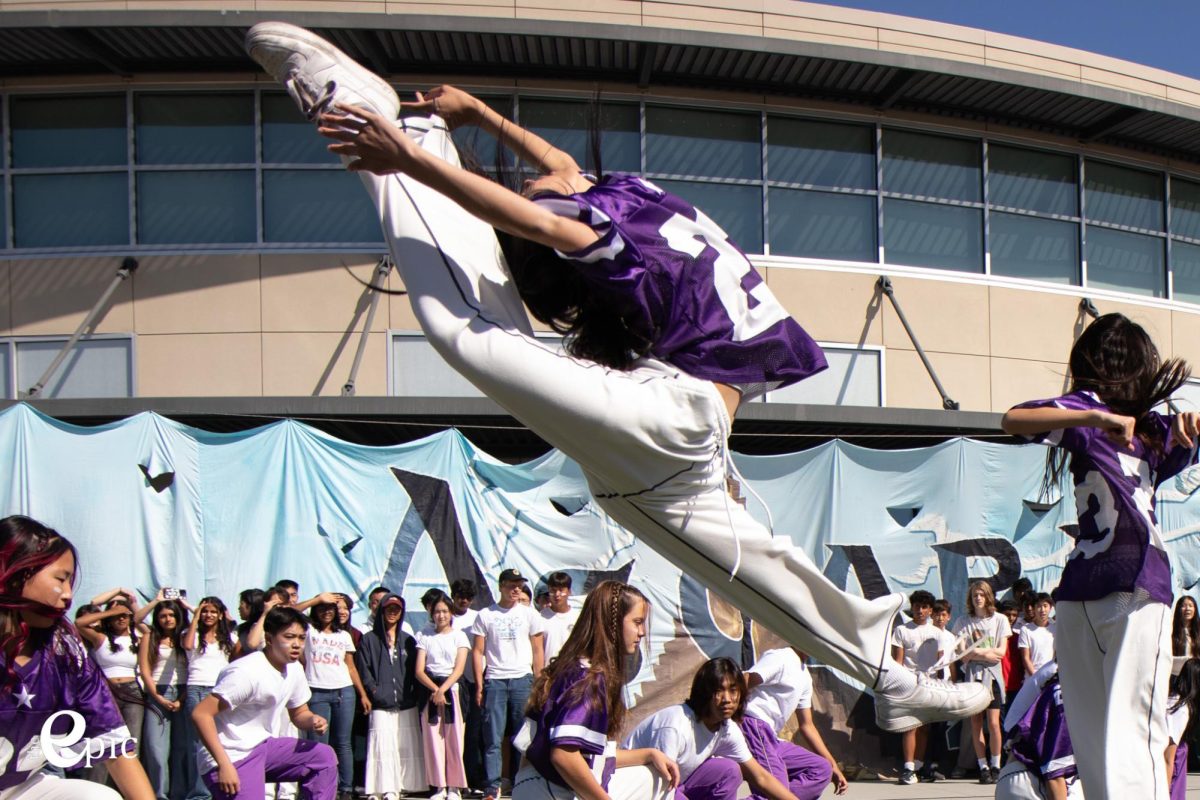California passes laws to limit high school football injury
The graphic illustration is used to represent the the new laws for football and the injuries they are meant to prevent.
October 2, 2019
Football, often seen as the classic high school sport, is declining in participation due to the apprehension over potential injuries. To ensure students’ safety, California has recently passed laws limiting the possibility of injuries. Set to take effect in 2021, these two laws have already been implemented into Lynbrook’s football team.
According to American Broadcasting Company (ABC) News, the first precaution is a bill that Gov. Gavin Newsom passed, which limits full contact practices to a maximum of 90 minutes in length twice a week. This bill is intended to prevent Chronic Traumatic Encephalopathy (CTE), a degenerative brain disease commonly diagnosed in football players that eventually leads to progressive dementia. In addition to reducing the amount of full contact practices, a medical professional and an individual able to remove injured athletes are required to be present at every game. According to news channel KCRA-3, the second precaution requires youth football coaches to annually receive a tackling and blocking certification from a nationally recognized program. These measures are intended to minimize the risk of head injuries by avoiding the involvement of a player’s head in all the techniques for rushing and tackling. To mitigate the risk of injury, the bill requires each football helmet to be reconditioned and certified biannually.
“We think that we should have been having these conversations about player’s safety a lot earlier,” said Lynbrook football coaches Chris Baugh and RJ Davis. “The risk of CTE and concussion based injuries were on the rise, and we think we are taking steps to ensure that we can minimize this as much as possible and improve players’ safety.”

In recent years, the number of participants in football has been decreasing. The latest numbers, released by the California Interscholastic Federation (CIF) on Aug. 1, revealed that 91,305 of the state’s high school students played football, which decreased from by 3.1 percent. Many players attribute this dramatic decrease in participation to parents’ fears for their child’s safety.
“I think kids and parents are just scared of what might happen because I know that a lot of people are scared that they might get injured,” said sophomore and JV football player Nolan Cheng. “But those things can happen at any time. I think it is personal preference whether you play or not.”
As injuries are a reason for the decline in participation, the team’s practices have also changed. To ensure athletes’ safety, the coaches have already implemented the rules into their practices. The team has full physical contact practices two times per week and thudd-limited contact practices on the other days. Twice a week the players wear full gear and pads, and on the other days, they wear shoulder pads and helmets. During these practices, the players go through the same drills, but instead of fully tackling, they stop before completing the motion.
This year, the coaches got certified in coaching blocking and tackling from Atavus Rugby and Football. Baugh and Davis are responsible for ensuring that helmets are reconditioned and recertified every year. In fact, the players have state of the art helmets with concussion sensors in them, allowing coaches to know whether or not a player has a concussion by indicating how hard a hit was. If the hit is hard enough, the coaches know to immediately check the player. During practices, the players also wear guardian caps, which are padded with foam. This minimizes the impact on the player’s head in the same way that a car bumper minimizes the impact of a car crash.
With these laws in place, the coaches have a meeting once a week to plan the team’s training in advance, so they have effective practices.
“We are still able to run an effective practice, whether it is a full contact day or limited contact day,” Baugh and Davis said. “The only thing is that the players are not able to run the drills fully, but we still have drills that are low impact and are approved for limited contact day.”
The factors contributing to the decline in participation statewide affect Lynbrook as well. At one point, the coaches were unsure of whether or not there would be a JV team at all because of the lack of players.
“The drop in numbers affect the team drastically because people don’t get enough breaks [during games], and we need as many people as we can to fill in positions in case of injuries,” said senior and varsity football captain Jonathan Leslie.
With these factors contributing to the decline in participation, the athletes are trying to recruit more students to join by talking to them in person, holding informational meetings, organizing fundraisers and discussing their goals with the community. The coaches also hope to establish flag football teams in middle school so students develop an interest in the sport prior to high school. The coaches are also continuously trying to communicate to the community that they have already implemented these changes to make the sport as safe as possible.
“I want to see the amount of participation and players grow and have it translate to winning more games,” said junior and wide receiver Andrew Yang.
Despite the statewide decline in high school football participation, there are still football players who return because their love for the sport is greater than their fear of getting injured.



































































